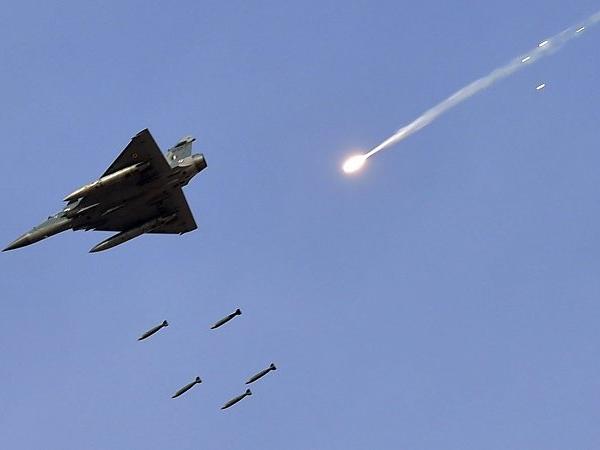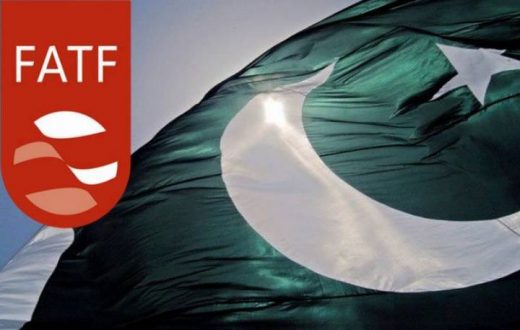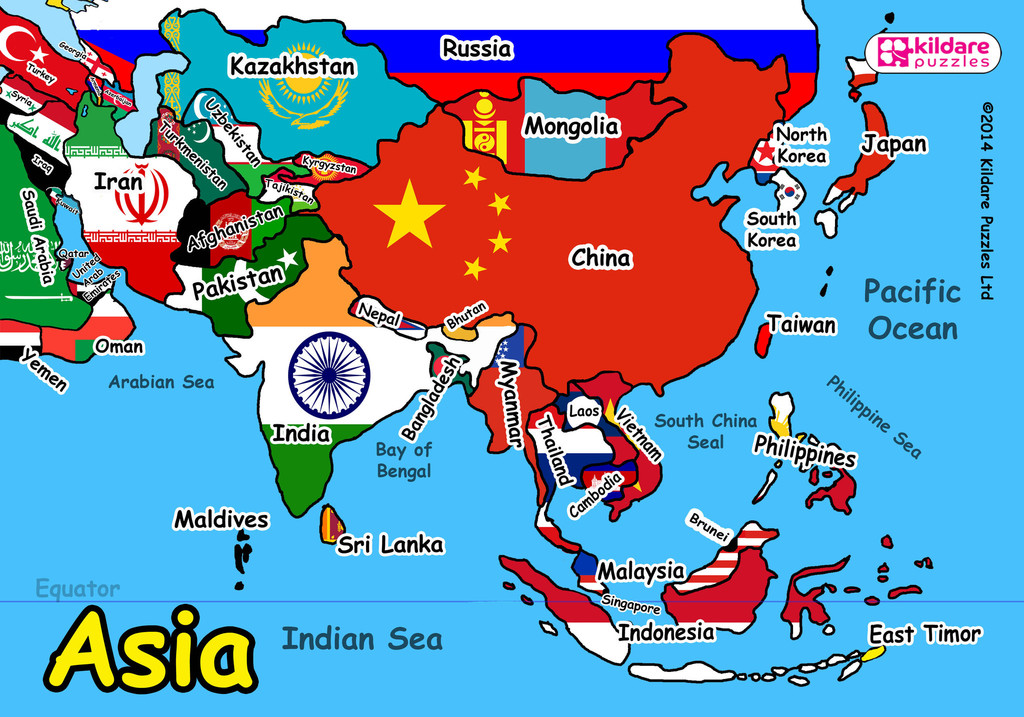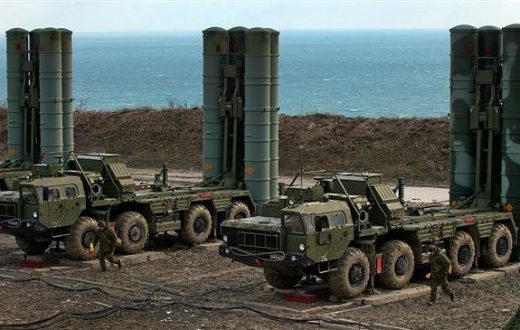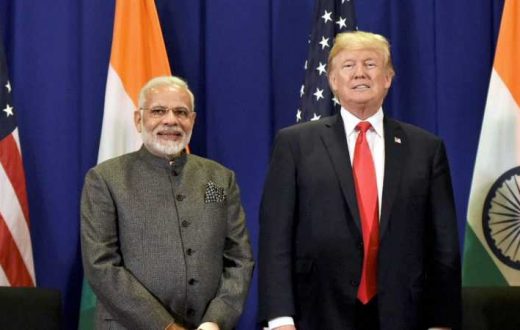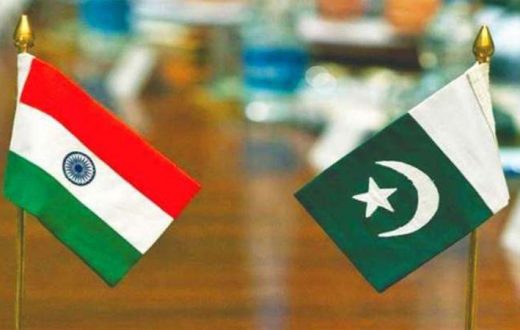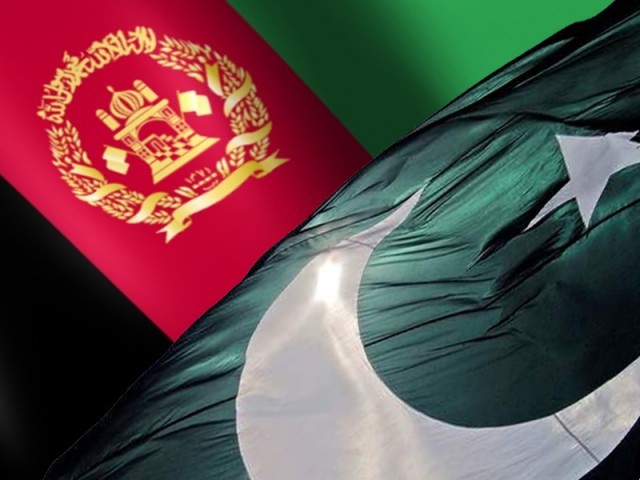In his book ‘How India sees the World’, former Foreign Secretary of India Shyam Saran describes the India-Pakistan relationship to have a singular trajectory of ‘dialogue-disruption-dialogue-repeat’ in endless cycles. Ever since the partition of India in 1947, it has been the same course with most instances of disruption spiraling into armed conflicts. The major powers of the world had accepted this narrative until both the countries became nuclear weapons capable in 1998. The nuclear tests attracted the world’s attention towards their conflict, since now any escalation could easily build-up into a full-scale nuclear war. Even India and Pakistan came to realize that squaring off at the border was not a decision that leaders and policy makers in either of the countries would make in their right senses anymore. So no matter how hard India bled due to the menace of terrorism, backed by its notorious neighbor, it had no other choice but to return to the talks table negotiating peace with Pakistan.
Since 1998, India lived through deadly terror attacks – upon the Jammu and Kashmir Legislative Assembly and the Indian Parliament in 2001, the Kaluchak ambush in 2002, and the infamous Mumbai terror attacks in 2008. The status quo did not change- Pakistan denied involvement, asked for ‘credible’ evidence and took no action on the terror infrastructure emanating through its soil and hampering peace in the region. Even the comity of nations stuck to its one principal statement: expressing condolence for loss of lives and urging both countries to exercise restraint. Hence, it cannot be denied that Pakistan’s establishment had found in its terror proxies an effective tool to keep India off balance and the Indian strategic community had its hands tied due to the nuclear deterrence and risk of escalation.
But things changed in India with Narendra Modi in the Prime Minister’s chair. Backed by a majority government and headed by a decisive leader who enjoyed a mass appeal, the country increased its global outreach and strengthened its foreign policy. With Pakistan, PM Modi followed a two-phased policy – in the first phase, he extended his hand for peace with Pakistan, with gestures such as inviting Pakistan PM Nawaz Sharif, and other SAARC leaders, to the swearing-in ceremony of the new government and holding bilateral meeting on the sidelines of the SCO summit in 2015. However, on every single occasion when relations between both countries warmed up, they plummeted due to acts of violence and terror. Consider this: PM Modi scripted history by making an unscheduled stop at Lahore on his return from Kabul to attend PM Sharif’s granddaughter’s wedding in December 2015, attempting to give dialogue a chance, which had broken down in August that year. Barely a week after the meeting, there was a terrorist attack on the Indian Air Force base in Pathankot, Punjab, by Pakistani terrorists causing the death of six Indian soldiers. In the aftermath, India agreed to allow a Pakistani special team to come to India and assist in the investigation of the terror attack. But even after conducting thorough investigation in India for three days, Pakistan government did not take action against the accused Jaish-e-Muhammad. Rather, Pakistan accused India of falsely staging the attack to malign Pakistan’s image before the international community.
So in the second phase, India used its proximity to major powers, influence in neighboring countries and its projection as a rising global power to exercise coercive diplomacy in its relations with Pakistan. Not only did it diplomatically isolate Pakistan as a rogue state but, on the strategic front, also changed its policy of playing defensive (after Parliament Attack in 2001, then PM A.B. Vajpayee amassed troops at the Line of Control leading to a confrontation for 3 months) to that of ‘defensive offence’. This shift was significant and came to light in September 2016, after terror attacks on its military base in Uri which led to 20 soldiers being martyred, when it conducted anti-terror strikes on terrorist launch pads across the Line of Control in Pakistan-Occupied Kashmir. Regardless of the hype given to the strikes by the Indian media, the move had the effect of changing perceptions regarding India’s ability to counter the ‘death by thousand cuts’ inflicted by Pakistan. It had set a new narrative which called for an equal response to the terror attacks. So, the next time when a major attack took place, a new template was already in place: that short of war, Indian establishment could respond as it pleases. This also left the ball in Pakistan’s court as to how far could it attempt to perpetrate such attacks and bear the response that followed.
Something similar happened in the past few days. A deadly terror attack took place on the 14th February, 2019 when a convoy of Indian paramilitary personnel was struck by an explosive laden SUV leading to more than 40 casualties. The SUV was driven by a militant of the Jaish-e-Muhammad which claimed responsibility for the attack. Since the number of deaths was higher than before, the response had to be stronger than before, but not in a tit-for-tat measure rather as a stronger deterrent. So after 12 days of the Pulwama attack, on 26th February, 2019, India conducted pre-dawn aerial strikes against terror camps in Balakot, Muzaffarabad and Chikoti, deep inside Pakistan. After the strikes, in its official statement, India termed the strikes as ‘a non-military, preemptive action’ which was an ‘intelligence-led operation’. The wisely-crafted statement took away from Pakistan any reasonable ground to retaliate, although it was well expected that Pakistan will retaliate to appear strong before its domestic audience. On the very next day, Pakistan Air Force crossed over to the Indian side and attempted to hit Indian military installations, including a brigade headquarters, a battalion headquarters, an ammunition dump and a logistics depot, but missed the target. In the aerial engagement between the IAF and the PAF, each of the forces lost a jet and a pilot of the IAF fell into Pakistani hands. He was subsequently returned two days later.
Three things must be noted. First, Indian jets crossed over not only into Pakistan-occupied Kashmir, which India claims as its own territory, but in mainland Pakistan. This is a significant shift since no Indian aircraft had ever crossed LOC since 1971, not even during the Kargil war in 1999. It shows that if Pakistan chooses to act through proxies, India can retaliate upon proxies no matter where they are holed up, which in turn inflicts damage on the Pakistan establishment. Second, it displayed the elite Indian Foreign Service at its finest. The fact that India not only got support from the west but also from Pakistan’s middle-eastern partners such as Saudi Arabia, UAE, Turkey, Iran and its all-weather ally China in isolating Pakistan and getting a strong statement from the UN Security Council proves India’s diplomatic skills. Third, in a SPELT (Social, Political, Economical, Legal and Technical) analysis of the aerial strikes, the strikes proved to be a victory for the Narendra Modi government, both domestically and internationally, and reaffirmed PM Modi’s image as a decisive leader among his domestic voter base.
To say that these strikes alone will lead to a change in Pakistan’s support for terror is immature. As Professor Harsh V. Pant, Director of Strategic Studies Programme at Observer Research Foundation, New Delhi puts it: “Terrorism from Pakistan will be with us for as long as a fundamental transformation in the institutional fabric of Pakistan does not materialize.” On the other hand, these strikes will certainly send a tough message to Pakistan that terrorism as an instrument of State policy has outlived its existence.

